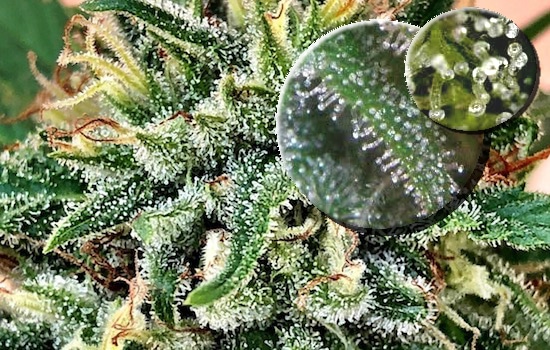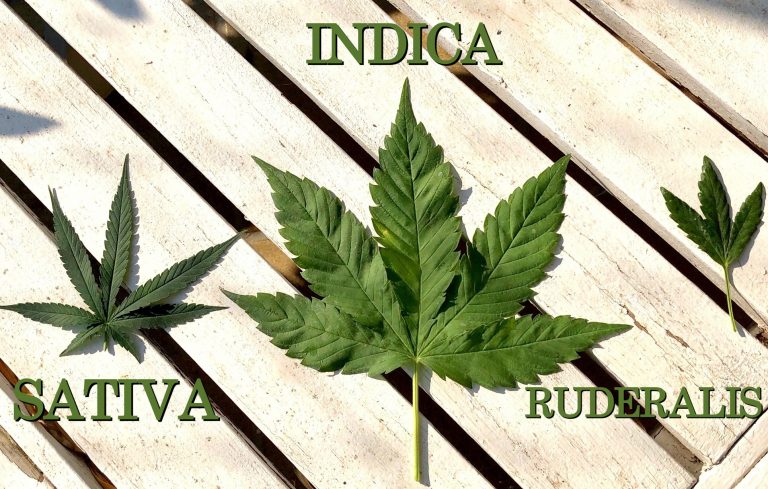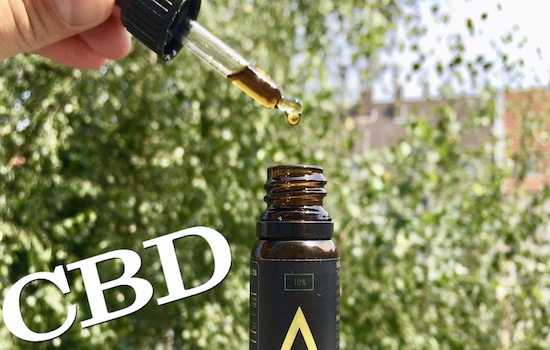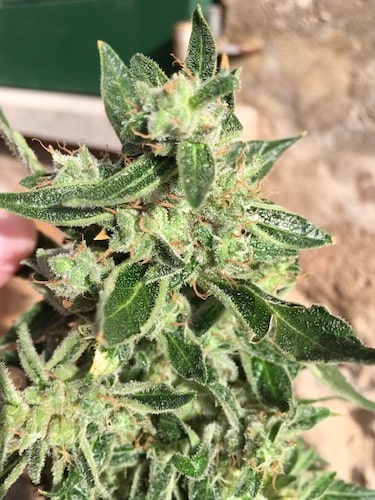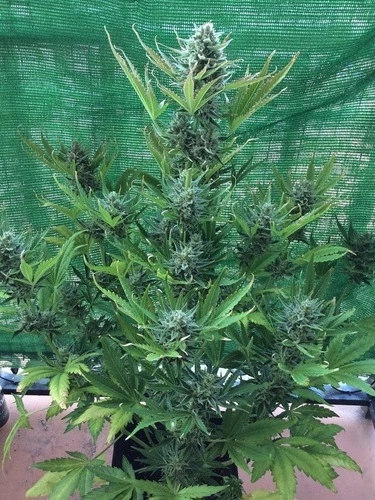PGR cannabis – What is it and how do you recognise PGR weed?
We have been intensively involved in the cultivation of cannabis for many years and also with various methods and techniques to optimise the growth of this versatile plant.
However, there is also a darker side to cannabis cultivation that has increasingly come into focus in recent years – PGR cannabis. In this article, we will take a closer look at PGR weed, find out what it is and how to recognise it.
What is PGR grass?
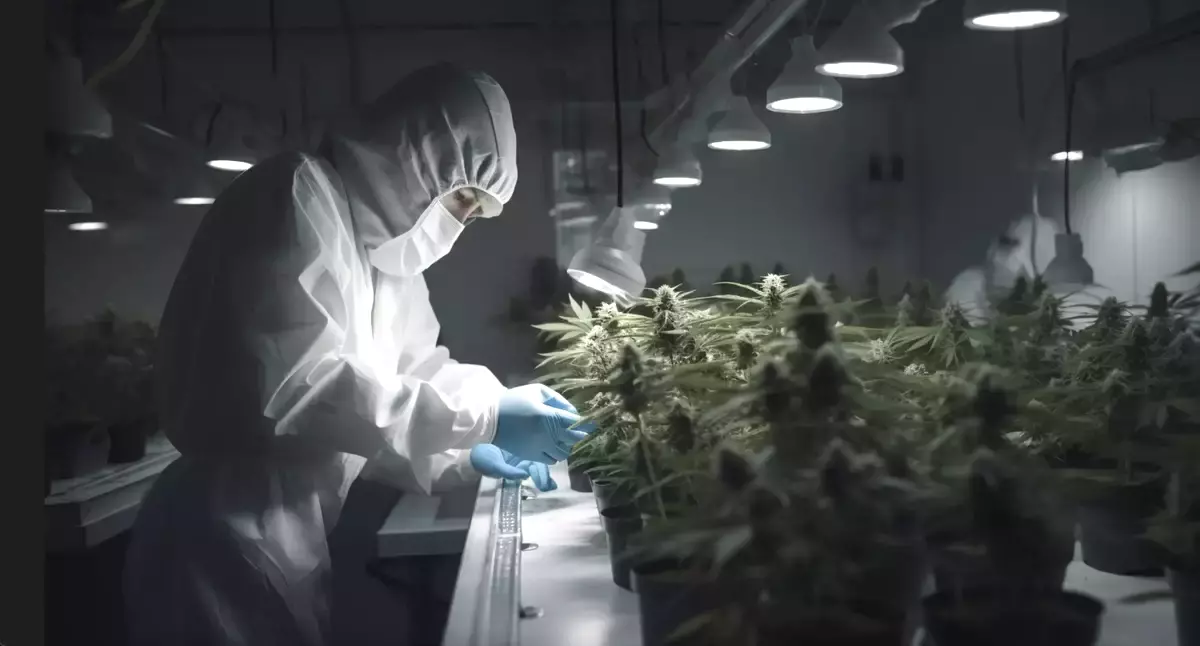
PGR stands for “Plant Growth Regulators”. These chemicals are normally used in agriculture to control the growth of plants.
In cannabis cultivation, however, they are misused to make the cannabis plant more compact and higher-yielding. Cannabis produced for the black market is therefore often grown with PGRs because it leads to higher yields, but of significantly poorer quality.
Another problem is that many PGRs are not authorised for human consumption and can pose health risks.
What are the most common PGRs for cannabis cultivation?
There are different types of PGRs, the most commonly used being paclobutrazol, daminozide (Alar) and chlormequat chloride.
Paclobutrazol
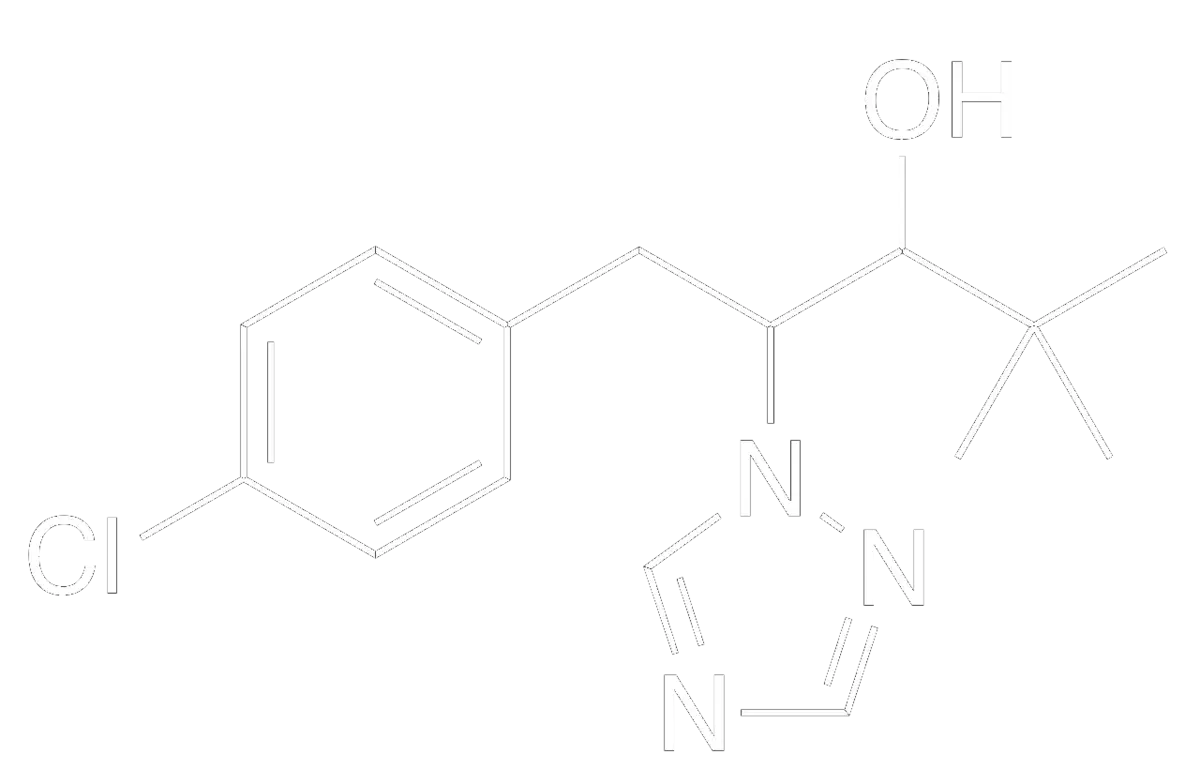
Paclobutrazol is a PGR that inhibits the growth of cannabis plants, resulting in more compact plants with stronger flowering.
However, this should not be seen as positive, as paclobutrazol inhibits the formation of terpenes and trichomes. This makes the cannabis flower heavier, but less potent.
Daminozide (Alar)

Daminozide, also known under the trade name Alar, is used to stimulate flower growth.
It inhibits plant growth, giving the plant more energy to produce flowers. The only problem is that it inhibits the development of various cannabinoids.
Chlormequat chloride

Chlormequat chloride is another PGR used in cannabis cultivation to control plant growth.
It can lead to denser inflorescences and is also used to send the plant into flowering more quickly.
PGR cannabis side effects
The consumption of PGR cannabis can pose health risks, as these chemicals are not authorised for human consumption. Possible side effects include gastrointestinal problems, respiratory problems, skin irritations and much more.
PGR Cannabis – Dangers to health

The dangers of PGR cannabis are manifold. PGRs can be toxic and leave residues on the plants that can be harmful to health if ingested. The consumption of PGR cannabis can cause acute and long-term damage to health, especially if it is used regularly.
Synthetic PGRs can even be carcinogenic if consumed regularly.
For this reason, it is important that cannabis users can identify the PGR marijuana in order to rule out unknowing consumption.
Health risks for the three PGRs mentioned above:
Paclobutrazol: The use of paclobutrazol is harmful to the liver and can lead to toxic residues in the human body, which can impair fertility.
Daminozide (Alar): The metabolism of this chemical in the human body produces dimethylhydrazine, a highly carcinogenic chemical compound.
Chlormequat chloride is considered genotoxic. This can result in damage to DNA and the human nervous system.
How can you recognise PGR cannabis flowers?

There are several ways to recognise PGR cannabis flowers. PGR weed often has artificial-looking buds that are unusually small and dense. The buds are usually very heavy and lack resin content. They also often have an uneven distribution of trichomes.
- Unusually compact flowers that are smaller than those of natural cannabis.
- Compared to natural cannabis, PGR weed feels harder and heavier in the hand.
- A lack of trichomes, the sticky glands that produce cannabinoids and terpenes.
- A strange chemical odour that replaces the typical marijuana smell.
- An unusually large number of brown hairs can be a further indication of PGR grass.
It should be said that cannabis genetics and certain growing techniques can also lead to a comparable flower appearance.
PGR cannabis vs. natural weed
PGR cannabis and natural cannabis differ significantly. Natural weed grows without the use of growth regulators and contains no potentially harmful chemicals.
Compared to natural weed, PGR cannabis has a lower potency and fewer naturally occurring cannabinoids. PGR weed also has less THC and fewer terpenes than natural cannabis.
What natural PGR alternatives are there?
If cannabis growers want to regulate the growth of their plants, there are natural alternatives to PGRs. Some of these alternatives are chitosan and triacontanol, which are derived from natural sources and pose significantly fewer health risks.
Chitosan
Chitosan is a natural growth regulator extracted from the shells of crustaceans. It can promote the growth of plants without endangering their health.
Triacontanold
Triacontanol is a naturally occurring substance that is found in plants and can stimulate growth. It is a safe alternative to synthetic PGRs.
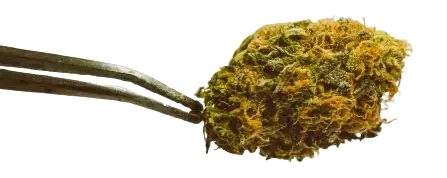
Are Plant Growth Regulators legal?
In the EU, plant growth regulators (PGRs) are subject to strict regulations and approval procedures.
Some PGRs are approved for use in agriculture and horticulture and are used under certain conditions. For the cultivation of food crops, some PGRs are generally prohibited or have strict limits.
In the context of medicinal cannabis, legality depends on the respective national laws and regulations in the EU Member States.
At this point, let’s come back to the three common PGRs:
Daminozide also known under the trade name Alar, has been banned in the European Union (EU). It was no longer approved for use in agriculture due to concerns about its potential health risks and environmental impact.
Paclobutrazol is not authorized for the cultivation of food crops in the European Union (EU). This also includes the cultivation of cannabis if it is intended for human consumption.
Chlormequat chloride is approved in the European Union (EU), but the use of chlormequat chloride is subject to strict regulations and limits.
What do PGRs have to do with Cali Flower?
With the strong popularity of Cali Flower, the preference for the characteristic buds of Cali genetics has also risen sharply.
The fine and compact buds embody nobility and exclusivity. With the use of PGRs in cannabis cultivation, growers are able to imitate the Cali style and make the flowers of their plants look like Cali genetics.
This gives them a further advantage when selling on the black market. We have already mentioned that the quality of these products is not only mangy compared to Cali, but can also be harmful to health…



